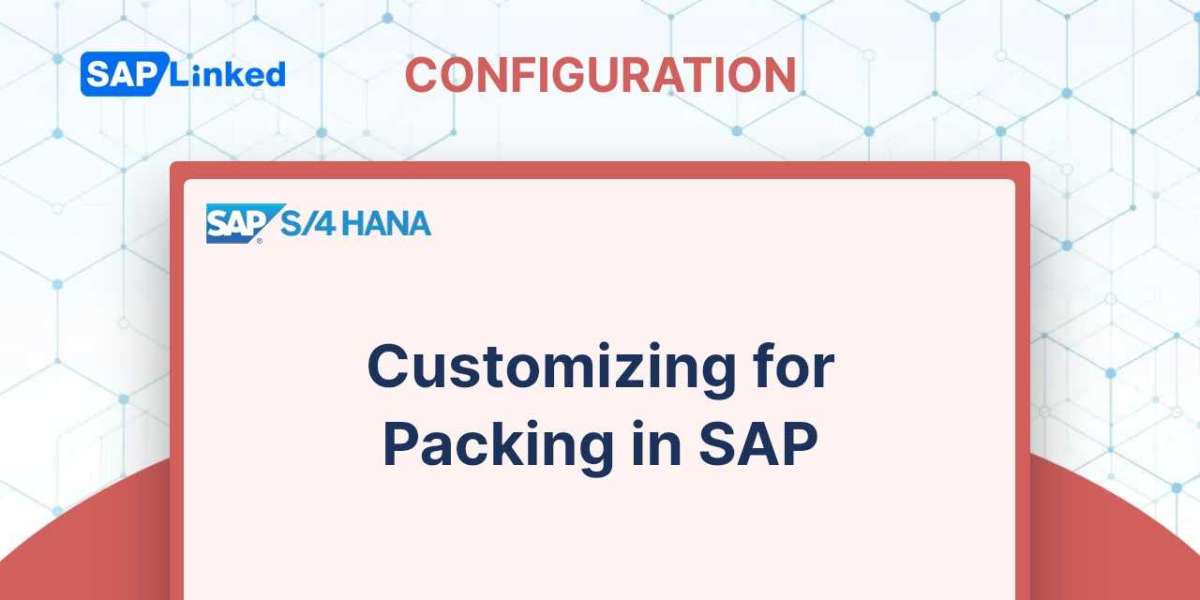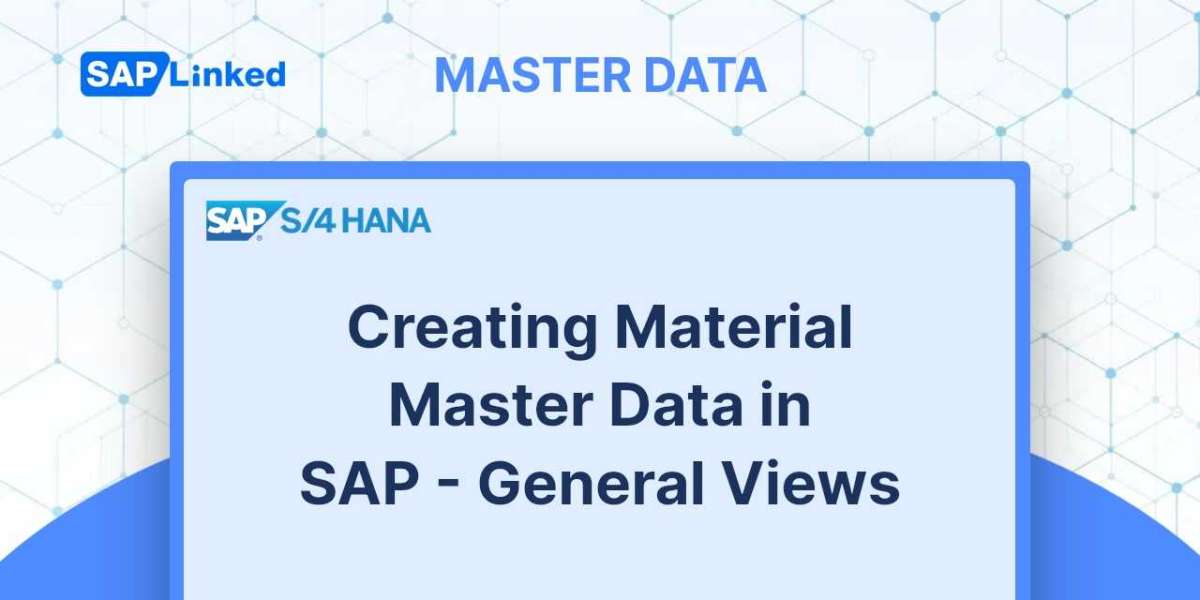A purchase order is a formal letter that the purchasing organization sends to the supplier or vendor to request the delivery of a specific amount of goods or services at a specific period. When it is known which supplier or vendor will fulfill the order, this technique is utilized to establish the purchase order.
Step 1: Enter Tcode ME21N in the Command Field or go to:
SAP Menu ➢ Logistics ➢ Material Management ➢ Purchasing ➢ Purchase Order ➢ Vendor/Supplying Plant Known
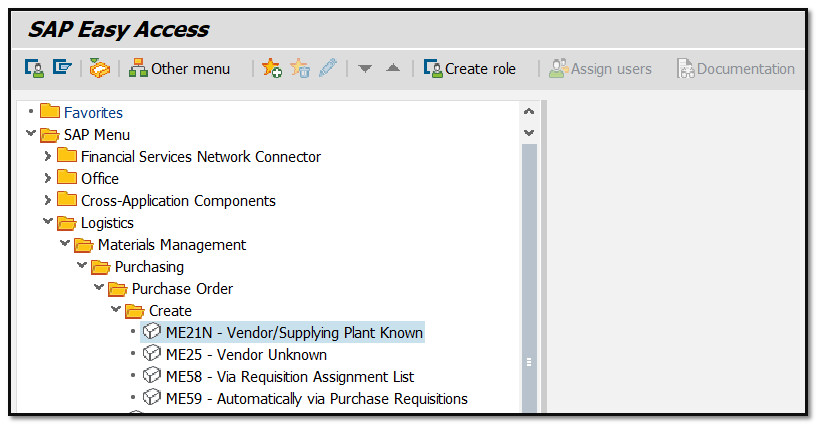
Figure 1 Menu Path for Purchase Order Creation
Step 2: Choose Standard PO as the order type on the Create Purchase Order screen.

Figure 2 Purchase Order Structure
Three sections are present on the SAP Purchase Order screen:
- Header
- Item Overview
- Item Detail
Header: Information like Vendor, Document Date,Purchasing Organization, Purchasing Group, and Company Code are included in this section.
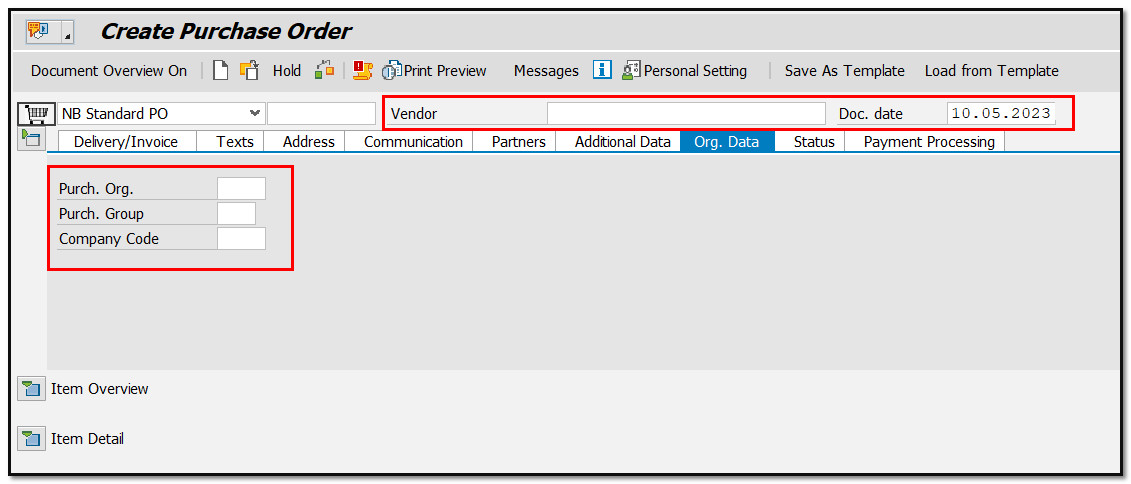
Figure 3 Purchase Order – Header
Item Overview: Information in this area includes things like Material, PO Quantity, Delivery Date, Net Price, Plant, Storage Location, batch, etc.

Figure 4 Purchase Order – Item Overview
Item Detail: This area includes details that will apply to a specific line item in the purchase order, such as Material Data, Quantity/Weights, Delivery Schedule, Conditions etc.
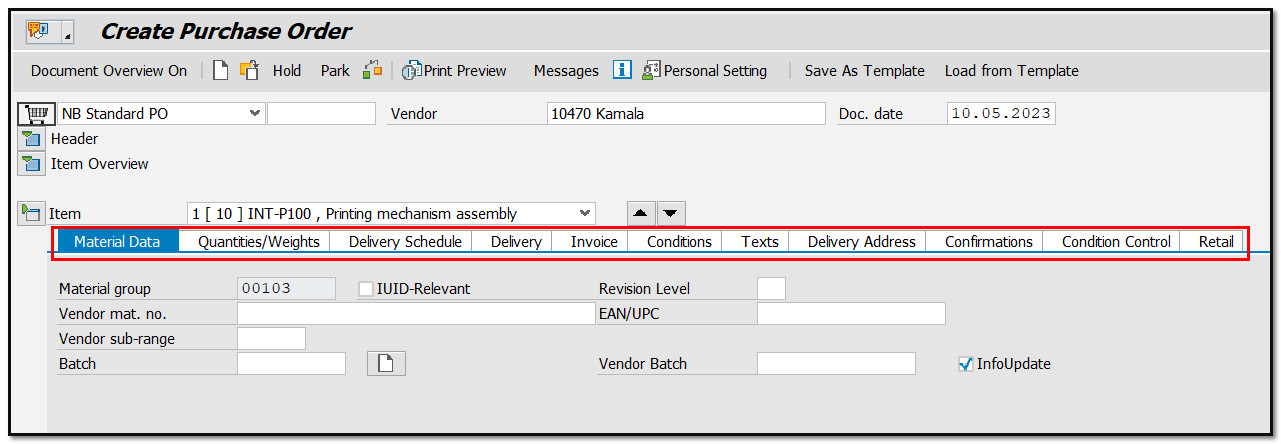
Figure 5 Purchase Order – Item Details
Step 3: You can enter the data manually or copy an existing purchase order or purchase requisition. Click on “Document Overview On”, the screen on the left side will be displayed.
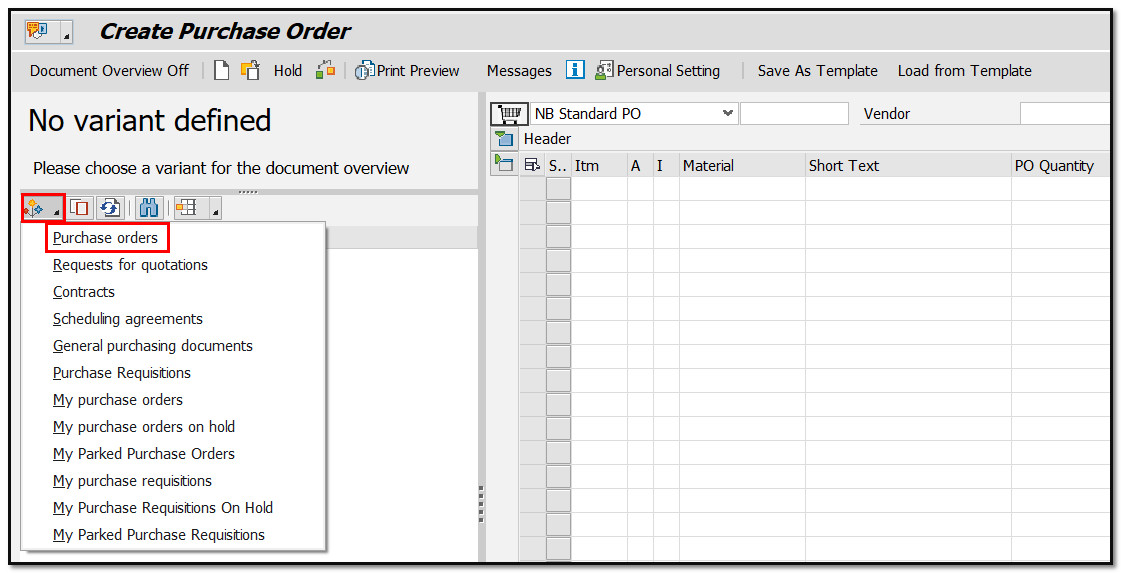
Figure 6 Purchase Order – Copy Options
Here, go to “Selection Variant” and choose “Purchase orders”. On the next screen enter the selection criteria and hit enter.
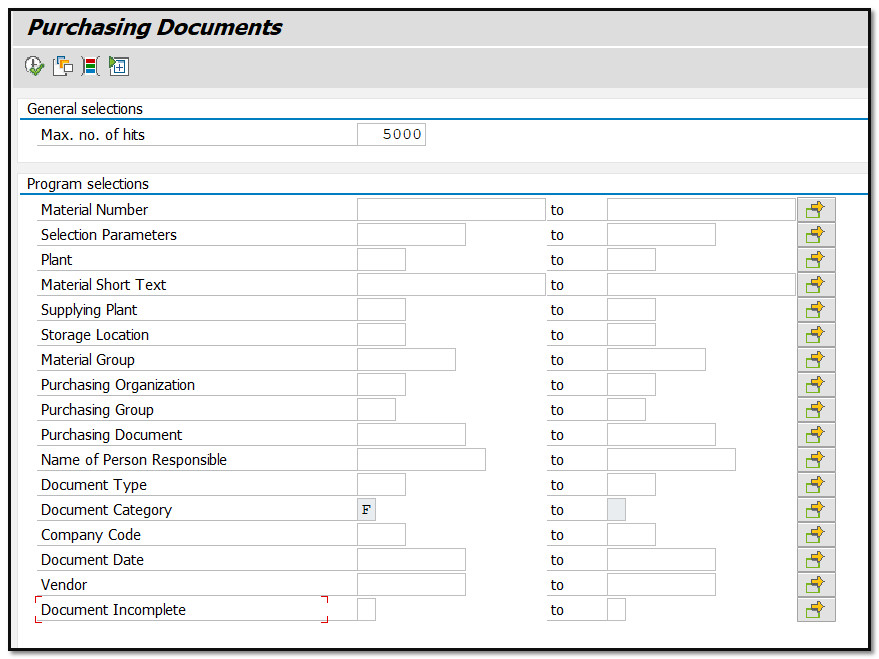
Figure 7 Purchasing Documents – Selection Screen
The relevant purchase orders will be displayed. Choose the one which you want to copy from and click on “Adopt” button or drag and drop it to the “Shopping Cart”. All data will be copied, you have to adjust the delivery date and other data if required.

Figure 8 Purchase Order – Copy from existing Purchase Order
Step 4: In case you want to create the new purchase order without copying the date from the existing one, the following fields must be filled out in the Header section:
- Vendor
- The information on the purchasing organization, purchasing group and company code on the Organizational data tab
Press Enter button.

Figure 9 Purchase Order – Header – Organizational Data
The purchase order includes multiple tabs at the header level, most important are shown below:
The Delivery/Invoice tab contains information regarding payment and trading terms.

Figure 10 Purchase Order – Header – Delivery/Invoice
Information regarding prices and conditions at the header level can be located within the Conditions tab.

Figure 11 Purchase Order – Header – Conditions
The Texts tab is utilized to manage header level texts.

Figure 12 Purchase Order – Header – Texts
The vendor address data can be found in the Address tab.

Figure 13 Purchase Order – Header – Address
The Collective number and VAT registration number of the vendor can be found in the Additional Data tab.

Figure 14 Purchase Order – Header – Additional Data
The Partners tab in a purchase order in SAP is a useful for tracking and managing key stakeholders involved in the purchasing process. This feature permits users to assign different “partner functions” to certain people or companies. Partner functions can include vendors, Forwarding agent, Goods Supplier.

Figure 15 Purchase Order – Header – Partners
The Status tab providing information regarding the order's status. The left side block displays the current status of activities, including active status and the confirmation of purchase orders not yet sent, as well as delivery and invoice statuses. On the right side is a report containing data on still to deliver quantities values, invoiced quantities values, and down payment information.

Figure 16 Purchase Order – Header – Status
There are also additional tabs available, that contain information about Communication and Payment Processing. Once you checked the header data, you can proceed with the information on item level.
Step 4: Enter the necessary details for the specific line item in the fields provided below in the Item Overview section:
- Itm – Item number,
- Material,
- Short Text,
- PO Quantity,
- OUn - Order per unit,
- Delivery Date,
- Net Price – only if no pricing conditions,
- Matl. Group - material group code,
- Plant,
- SLoc - Storage Location.

Figure 17 Purchase Order – Item added
Step 5: In the Item Detail section you can see the details of the particular Line Item.
The Material Data tab in the Purchase Order screen of SAP contains important information related to the material that is being purchased. This tab includes data such as material group, supplier material number and in some cases bill of material data. Each line item can also have additional information such as batch numbers, and any other relevant information that needs to be tracked.
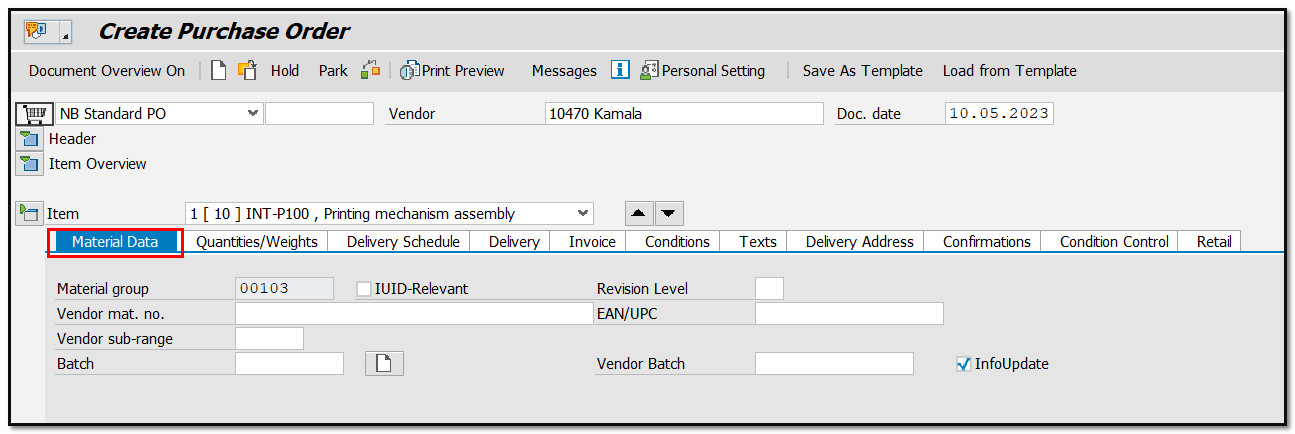
Figure 18 Purchase Order – Item – Material Data
The Quantities and Weights tab in the Purchase Order screen of SAP contains data about the quantity, weight, and volume of an item that is being purchased.
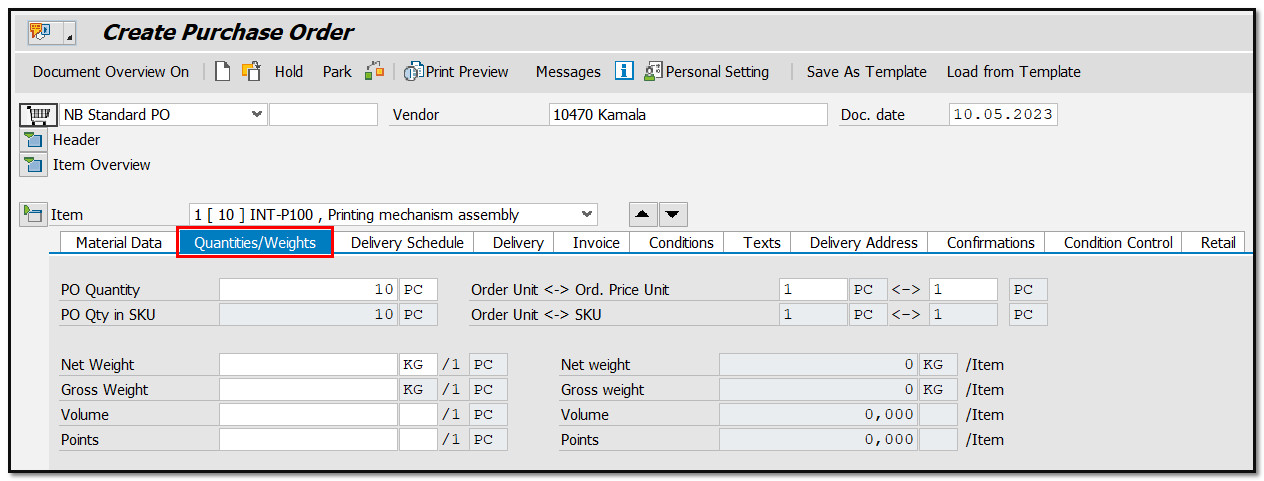
Figure 19 Purchase Order – Item – Quantities/Weights
The Delivery Schedule tab in the Purchase Order screen in SAP allows users to view information about the delivery of goods, such us dates of delivery, good receipted quantities, and a purchase requisition number if applicable.

Figure 20 Purchase Order – Item – Delivery Schedule
On the Delivery tab you can setup over and underdelivery toleranz, stock type, quality control key, delivery completion. Let´s explain some of the important fields of this tab:
- The overdelivery tolerance limit refers to the percentage, based on the order quantity, that an overdelivery of this item will be accepted.
- The underdelivery tolerance limit percentage of this item is determined by the order quantity, indicating the maximum amount of underdelivery that is acceptable.
- Unlimited Indicator specifies whether unlimited overdelivery can be accepted for the item.
- The stock type determines where the material is placed during goods receipt (quality stock, unrestricted, restricted, etc.)
- The QA Control Key is an important component of the quality inspection process within the QM system.
- Number of Days for First Reminder/Expediter- This refers to the specific number of days that will be used as the time interval for issuing reminders or urging letters/messages to the vendor.
- The Planned Delivery Time in Days refers to the amount of calendar days required to obtain externally procured materials or services.
- The Goods Receipt Processing Time in Days refers to the number of workdays needed to inspect and store received materials.
- The Goods Receipt Indicator determines if an item involves a goods receipt. The setting of the indicator determines the relevance of the item to inventory management. The indicator is automatically activated when creating an purchase order.
- The Goods Receipt, Non-Valuated indicator specifies that the goods receipt for the item should not be valuated. This is useful when goods receipts involving this material are not to be valuated. The purchase order item will be valued during invoice verification.
- The "Delivery Completed" Indicator signifies that the item should be considered closed.
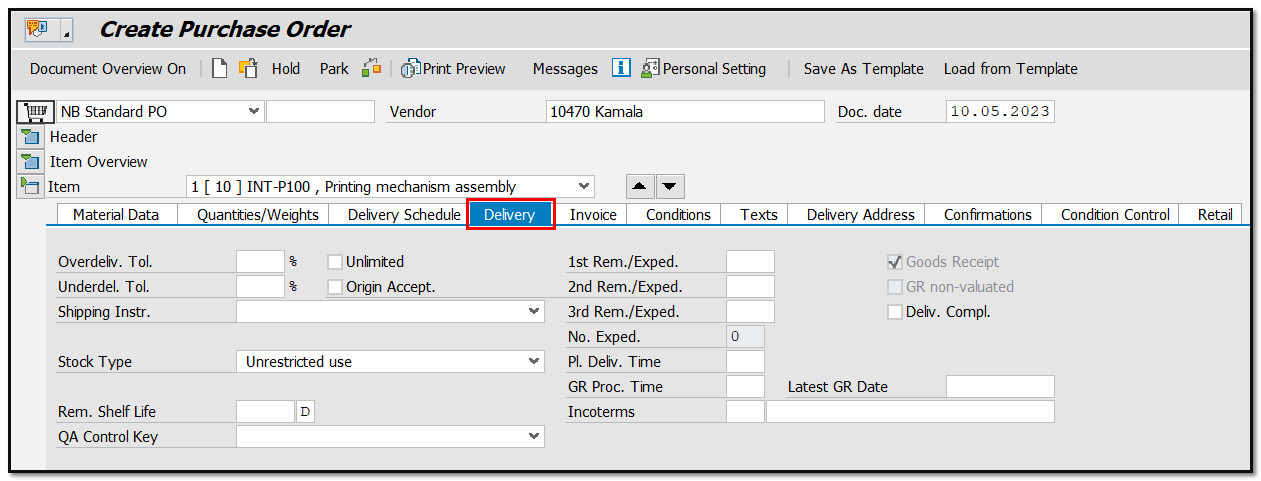
Figure 21 Purchase Order – Item – Delivery
The Invoice tab in the Purchase Order screen in SAP contains below fields:
- The Invoice Receipt Indicator indicates if an invoice receipt is connected to the purchase order item. If the indicator is not set, the goods are to be delivered without charge.
- The Final Invoice Indicator signifies the receipt of the last vendor invoice for an item, or the expectation of no further invoices.
- GR-Based Invoice Verification- Indicator specifying that provision has been made for goods-receipt-based invoice verification for a purchase order item or invoice item.
- The Tax Code is a category that is necessary to consider when submitting a tax return to the appropriate authorities. Each country has its own unique tax codes. Table is used to store the calculation rules and additional features for each tax code.
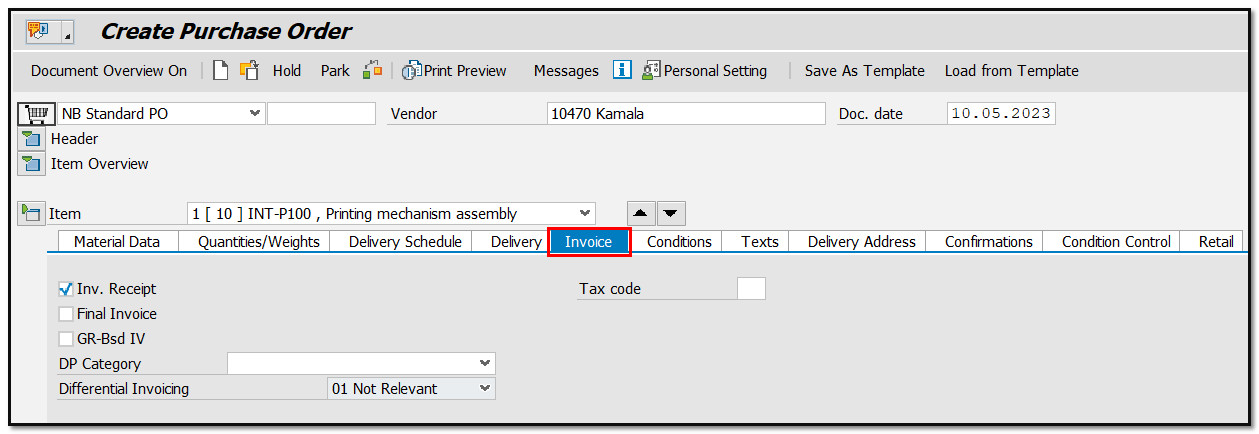
Figure 22 Purchase Order – Item – Invoice
The Conditions tab in purchase orders is used to capture the terms of the purchasing agreement between a buyer and seller. In SAP, conditions can be added to purchase orders to define the pricing, discounts, delivery cost, and other important details.
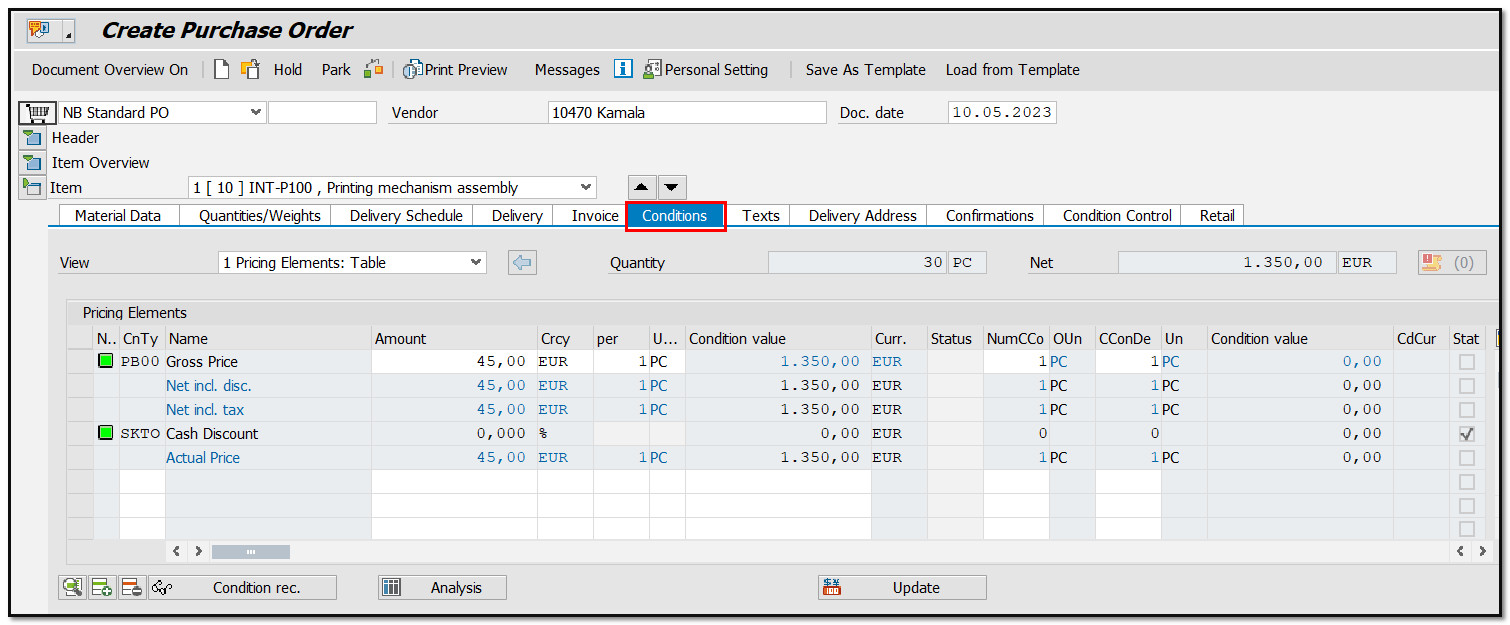
Figure 23 Purchase Order – Item – Conditions
Here, it is possible to conduct a determination analysis of conditions to ensure accurate pricing. You can do it by clicking on "Analysis".
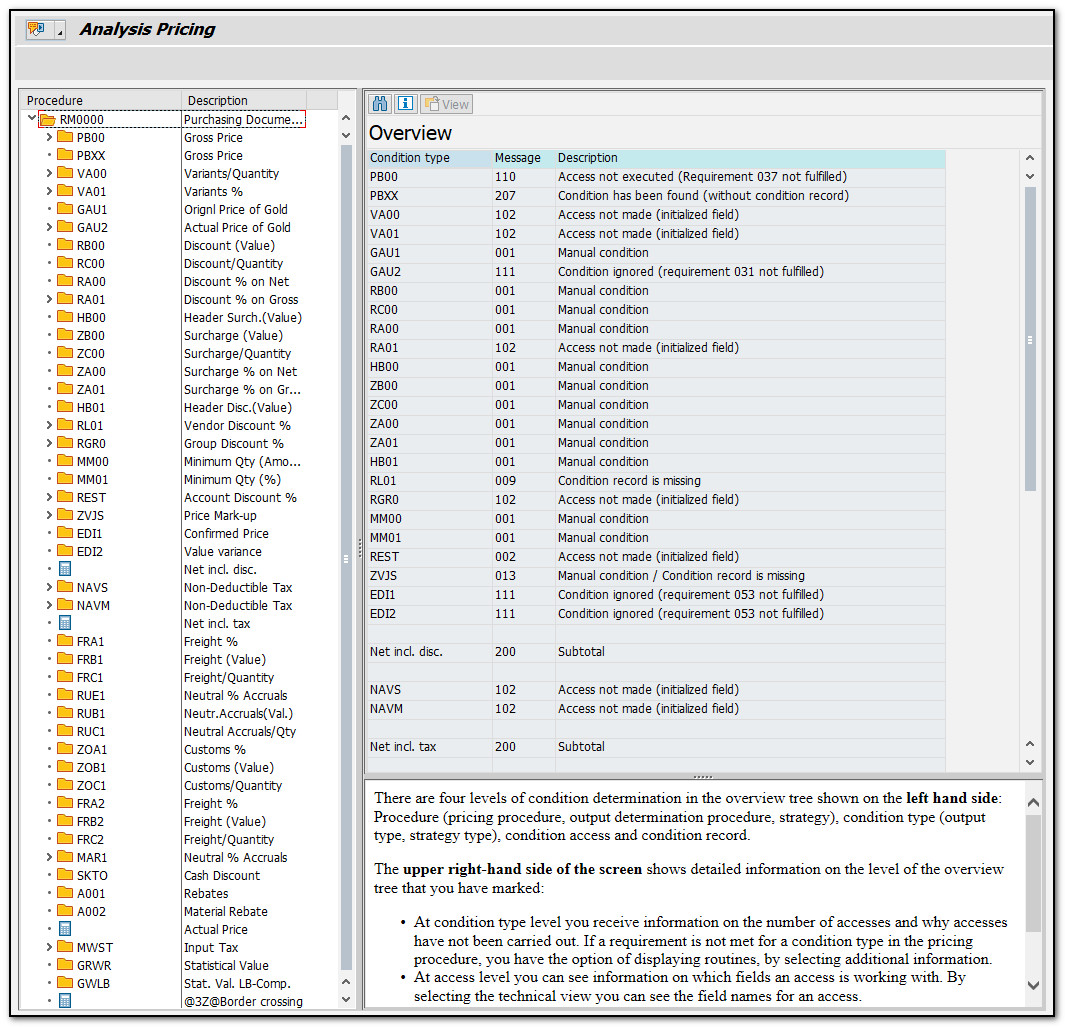
Figure 24 Purchase Order – Item – Pricing Analysis
In cases where the pricing has been altered during the processing of a purchase order, it may be necessary to update the purchase order with the new prices. You can achieve it by clicking on “Update” button. You can see there multiple option, as shown in the pic. below:

Figure 25 Purchase Order – Item – Pricing Update
The Text tab in a purchase order displays different text types. This can be used to provide detailed information about the purchase order, such as descriptions of goods and services being purchased, payment terms, delivery dates and other details.

Figure 26 Purchase Order – Item – Texts
When creating a purchase order in SAP, the Delivery Address tab allows users to enter different shipping addresses and vendor information for the delivery of goods. This is useful for organizations that need to ship goods to multiple locations or vendors.
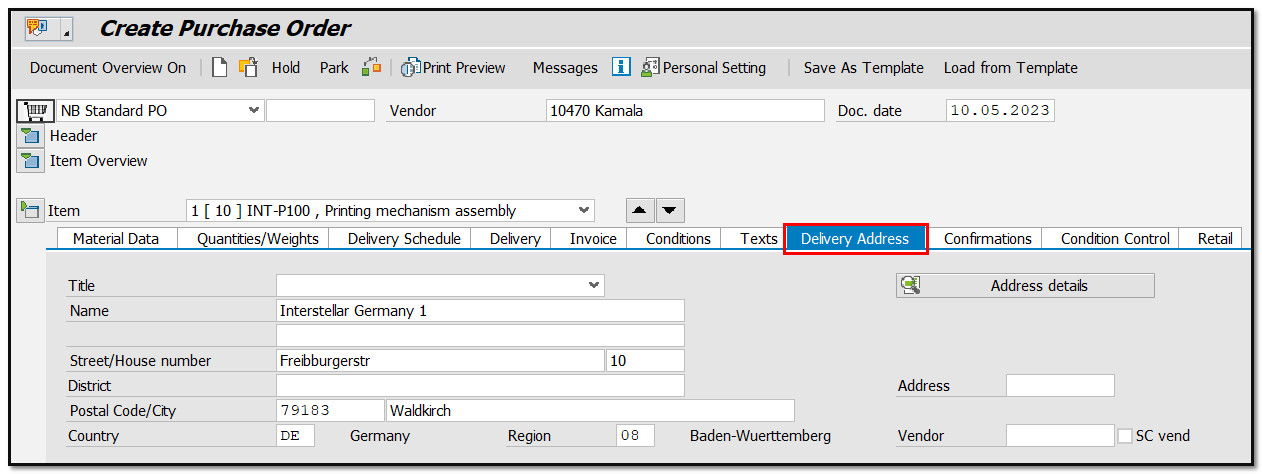
Figure 27 Purchase Order – Item – Delivery Address
The Confirmation tab in purchase order contains information confirmation control and order acknowledgment. The confirmation control Key determines the necessary confirmation categories for PO items, including order acknowledgments and shipping notifications. The appropriate key should be entered based on the agreed confirmation categories with the vendor. Selecting acknowledgment requirement and entering a key allows for the sending of messages to vendors requesting overdue order acknowledgments (acknowledgment expediters), but other confirmation categories can not be expedited through this method.

Figure 28 Purchase Order – Item – Confirmations
The Order Acknowledgment Number is the vendor's acknowledgment of the purchase order. The Order Acknowledgment Requirement determines whether the purchasing document requires acknowledgment from the vendor. To confirm receipt of the purchase order, an acknowledgment can be requested from the vendor. If an acknowledgment has not been received by a certain date, the system will send a message requesting submission of an acknowledgment.
Once you complete filling in all required data, you can save the purchase order.

